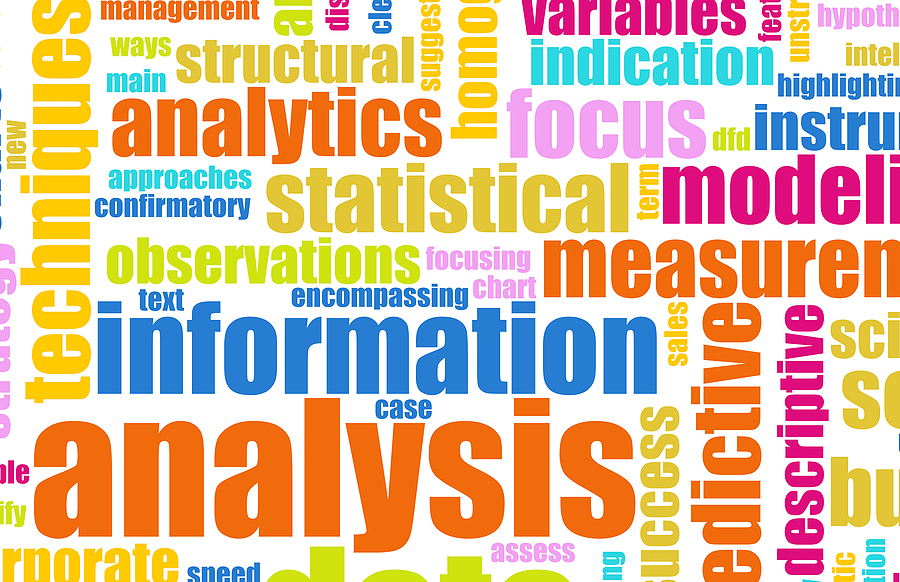Month: January 2024

Unveiling the Future: Marketing Trends to Watch in 2024
As technology continues to increase and evolve, there are both exciting opportunities and challenges for how organizations function in the digital landscape. Below, FCM has rounded up some of the forecasted trends that are set to shape our 2024, providing a comprehensive overview of what to expect in the world of marketing. AI and Personalization: […]
As technology continues to increase and evolve, there are both exciting opportunities and challenges for how organizations function in the digital landscape. Below, FCM has rounded up some of the forecasted trends that are set to shape our 2024, providing a comprehensive overview of what to expect in the world of marketing.
AI and Personalization:
Artificial Intelligence (AI) has been a game-changer in the marketing realm, and its influence is only expected to grow in 2024. From chatbots offering personalized customer experiences to predictive analytics enhancing targeted marketing campaigns, AI will continue to revolutionize how businesses connect with their audience. We can already see this in the consumer retail market, with brands such as Spotify and Apple creating personalized playlists based upon customer listening behavior, Amazon’s product recommendations, Netflix’s content recommendations, and Sephora’s virtual makeup try-on (Abmatic). For workforce and education, the future of AI personalization may include assessing students’ learning styles and needs, and targeting instruction and support based upon findings (University of San Diego).
Voice Search Optimization:
The rise of voice-activated devices has led to an increase in voice searches. Optimizing content for voice search is becoming imperative for businesses to stay relevant. ComScore predicts that by 2024, over 50% of all searches will be voice-based (Synup). The implementation for workforce and education are plentiful – it will be ever more important to make sure that the appropriate keywords are included in search engine optimization (SEO) strategies, focusing on natural language and long-tail keywords to cater to this emerging trend and make sure that educational and workforce development organizations are easily found.
Interactive Content:
Engagement is key, and interactive content is an effective way to capture audience attention. Polls, quizzes, augmented reality experiences, and shoppable posts are examples of interactive content that is gaining traction. A study by Content Marketing Institute reveals that 81% of marketers believe interactive content grabs attention more effectively than static content, and in fact, interactive content is shown to generate 4 – 5x more pageviews than static content, and is considered highly effective in educating audiences (Gitnux). Educational institutions can “gamify” content to find out more about potential students and their motivations, creating a higher level of personalization to lead students to the right programs for them.
Video Marketing Dominance:
Video content has been a powerful marketing tool for several years, and its dominance is set to continue in 2024. With the rise of short-form videos on platforms like TikTok and Instagram Reels, marketers need to adapt their strategies to cater to the changing preferences of their audience. In fact, 80% of consumers want to see more videos from businesses including video testimonials, explainer videos, and presentation videos – not just on their social media feeds (Wyzowl). With the advent of new tools that utilize AI, video marketing costs may decrease while enhancing the ability of institutions to reach prospects organically as well as via video paid advertising.
Email Deliverability:
Email marketing has long been a staple in digital marketing strategies, but changes in email deliverability algorithms pose new challenges for organizations in 2024. As internet service providers (ISPs) and email platforms become more sophisticated in filtering out spam, businesses must focus on optimizing their email marketing strategies. This includes crafting compelling and relevant content, segmenting email lists based on user behavior, and regularly cleaning up subscriber lists. Implementing authentication protocols like DMARC (Domain-based Message Authentication, Reporting, and Conformance) will also play a crucial role in ensuring email deliverability. Learn how to create email success with Validity’s free resources on Yahoo and Gmail requirements and Apple link tracking protection updates.
Third-Party Cookies Phase-Out:
The impending phase-out of third-party cookies is a seismic shift in the digital marketing landscape. As privacy concerns take center stage, major browsers like Google Chrome are moving away from third-party cookies. This change will significantly affect how organizations track user behavior and target ads. Organizations will need to explore alternative strategies, such as first-party data collection and partnerships with contextual targeting platforms. According to a report by Adobe, 75% of marketers still heavily rely on third-party cookies, and 45% of marketers spend at least half their budgets on campaigns and other activations based on third-party cookies (MarTech).
Conclusion:
As we navigate the ever-evolving marketing landscape in 2024, staying abreast of these trends will be crucial for organizations aiming to stay relevant. Whether it’s harnessing the power of AI, optimizing for voice search, creating interactive content, leveraging the impact of video marketing, championing inclusivity, revamping advertising strategies for a first-party cookie world, marketers have an exciting year ahead full of opportunities to connect with their audience in innovative ways while continuing to establish trust and transparency with consumers.
Not sure how you can utilize these trends to elevate your brand? Book a 30-minute complimentary consultation with us to talk through the best strategies for your organization.
Share this article

Thought Leaders in Workforce, Education & Entrepreneurship



